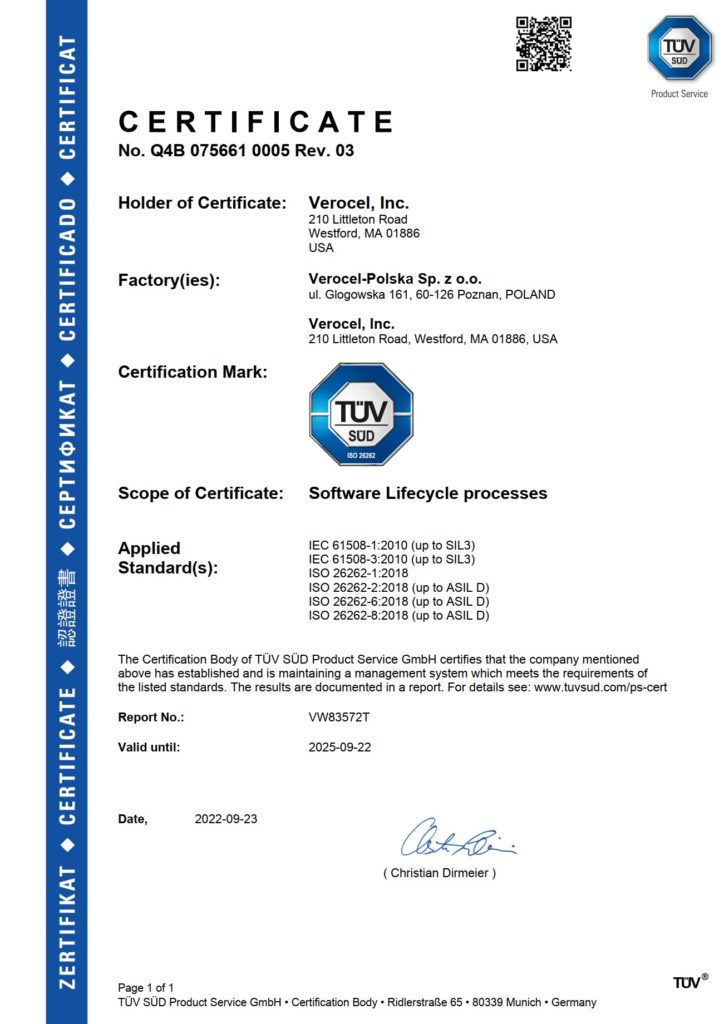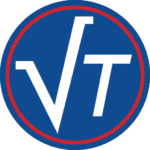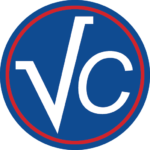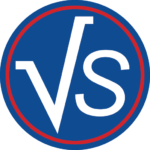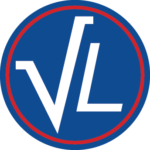Automotive
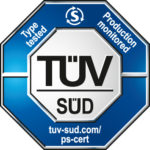
Establishing compliance with the hardware and software aspects of ISO 26262 can be a complex and time-consuming set of activities. Designers need to perform a safety analysis to determine the applicable level of Automotive Safety Integrity Levels (ASIL) that apply for various features and functions. Moreover, the safety level will also depend on the level of automation applied to the vehicle. These complexities can be exacerbated by use of COTS tools and software components.
Establishing regulatory compliance with ISO 26262 requirements can be simplified by using tools to help address management of software life cycle data, integration testing and coverage analysis.
Verocel’s products and services help automotive designers achieve ISO 26262 qualification. Verocel has received TÜV approval for its software development and verification process compliance with ISO 26262 Parts, 2, 6 and 8.
Verocel’s services capabilities can help automotive software designers reduce their time-to-market and focus on system and software design. We can also help software suppliers meet ISO 26262 requirements for COTS software components intended to be used as part of a safety-related automotive system. These COTS components are considered a safety component out of context in ISO 26262 and require special attention when meeting the objectives of ISO 26262. Verocel has experience in certification of a number of out-of-context software components such as operating systems, network stacks, file systems and more. Verocel’s products are well aligned to support ISO 26262 requirements in parts, 2, 6 and 8.
Tools
Application Life Cycle Management Tool
ISO 26262 Parts 2, 6 and 8 – Documentation, Configuration Management, Traceability, Change Control, Independence and Change Impact Analysis
Object Coverage Analysis and MCDC Source Coverage tools
ISO 26262 – Structural Coverage Metrics: Statement, Decision and MCDC coverage
Qualified Control Coupling and Integration Verification Tool
ISO 26262 Part 6, Tables 4, 6 & 9 – Error Detection at the Architectural Level: Control Flow Monitoring and Analysis

